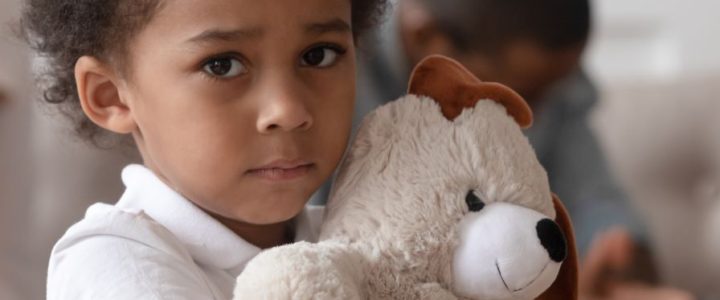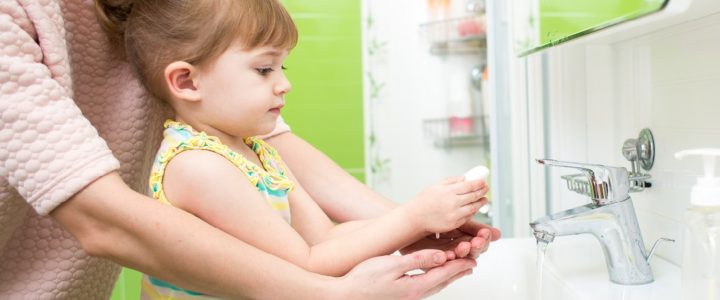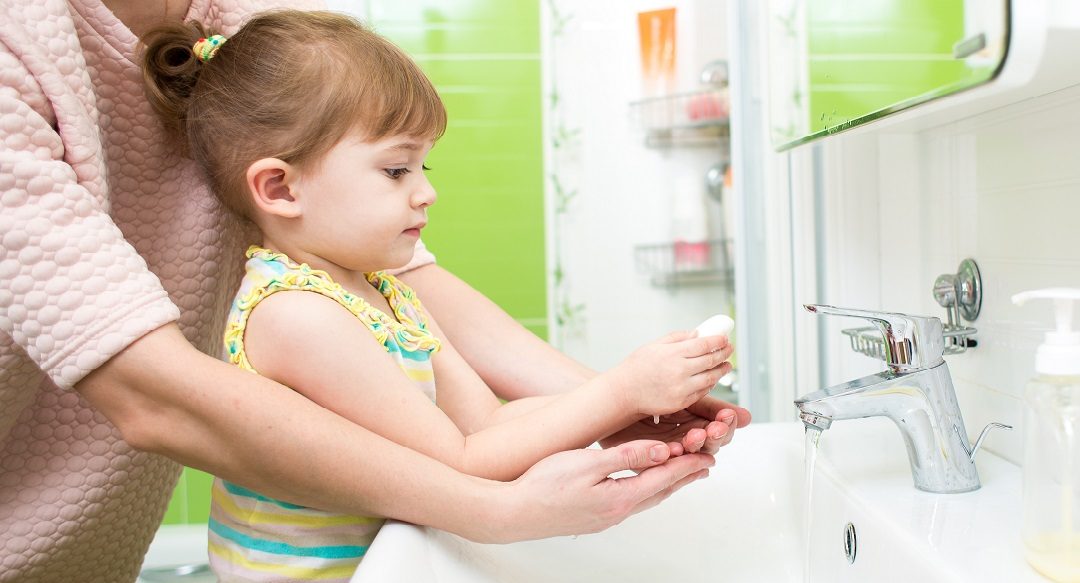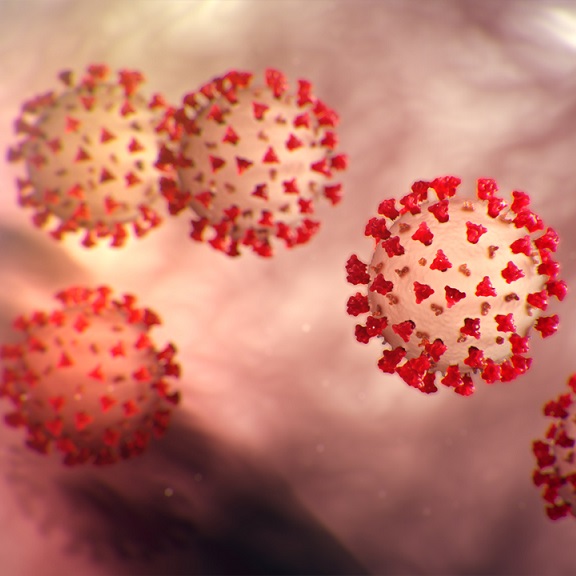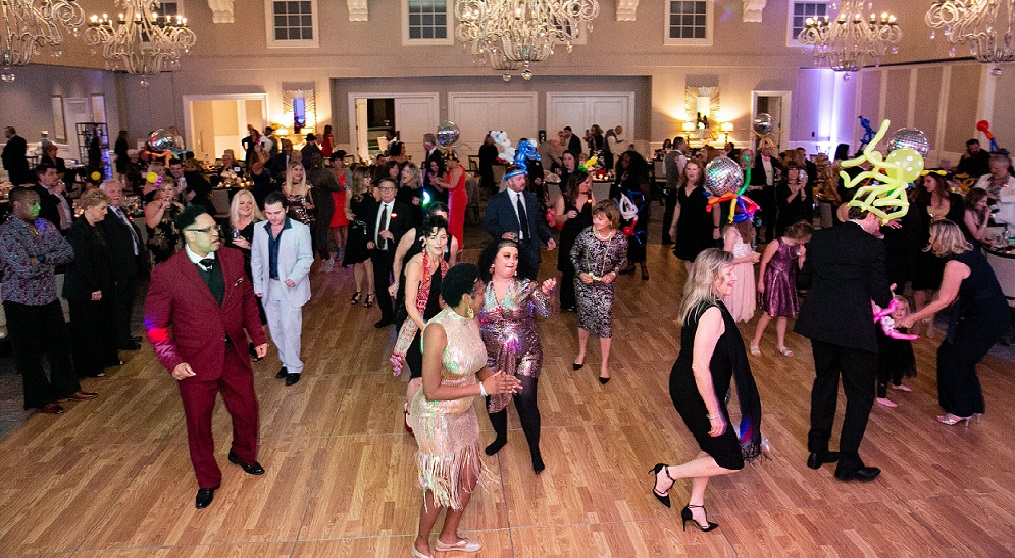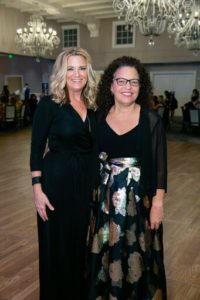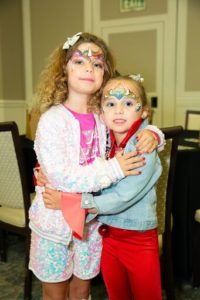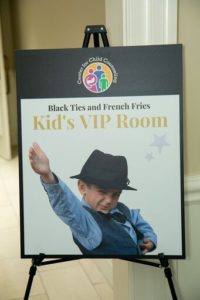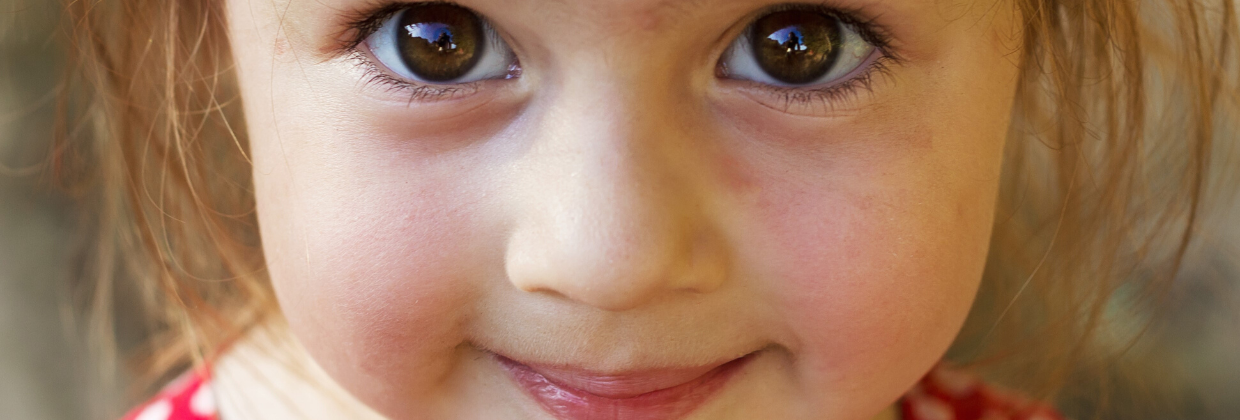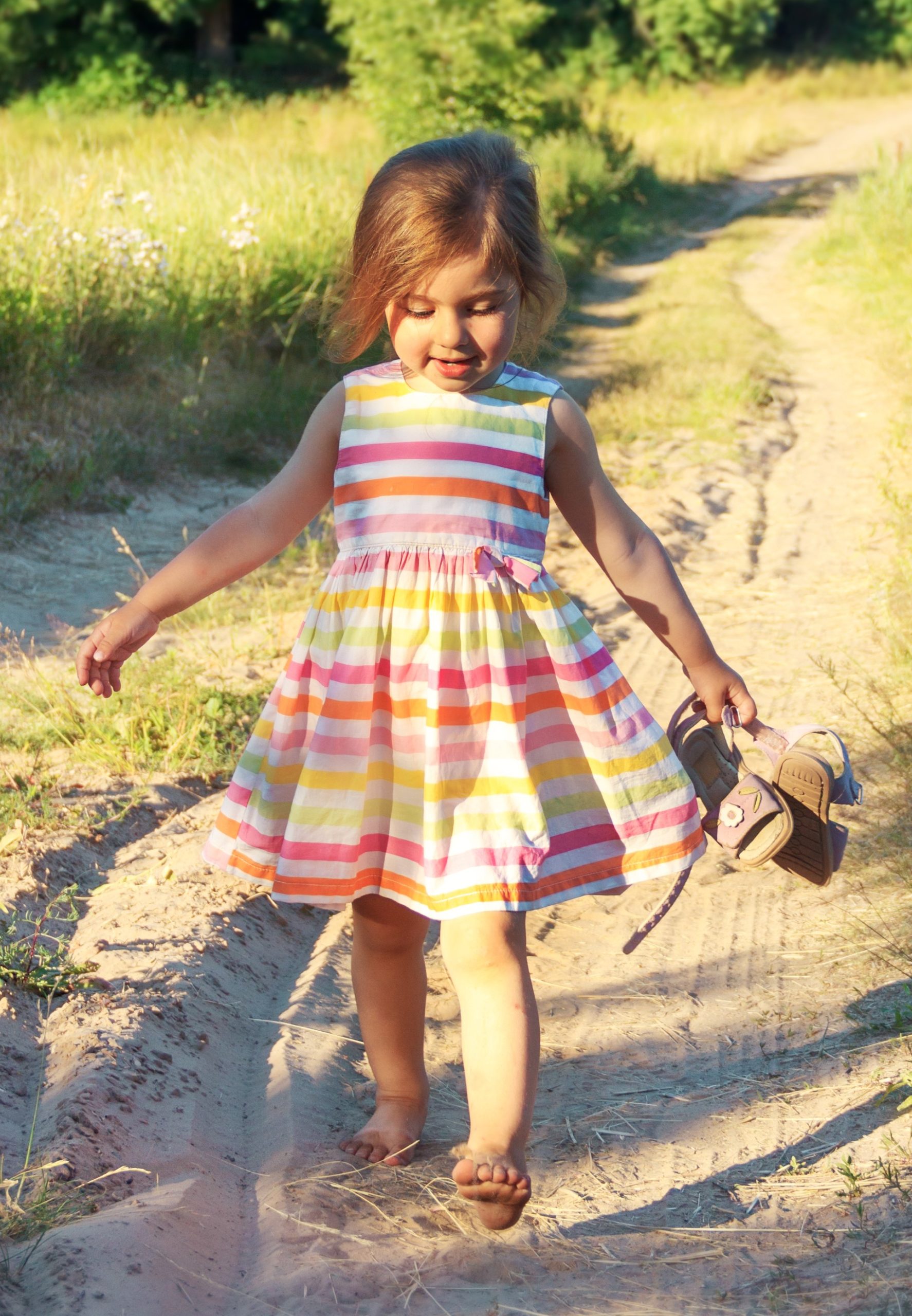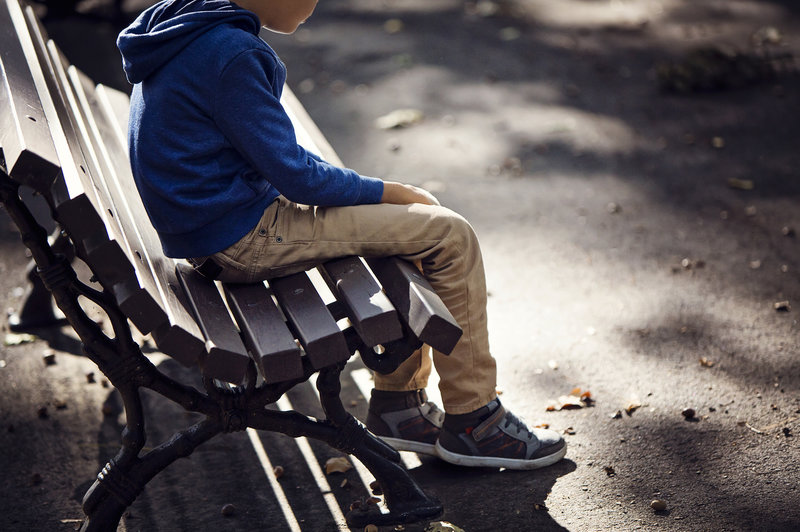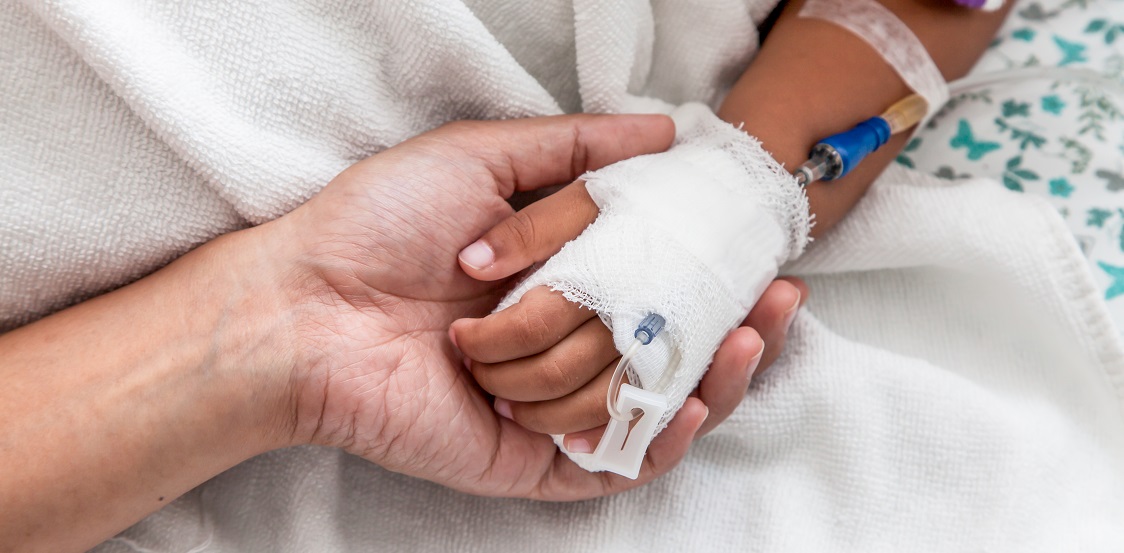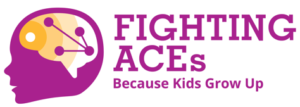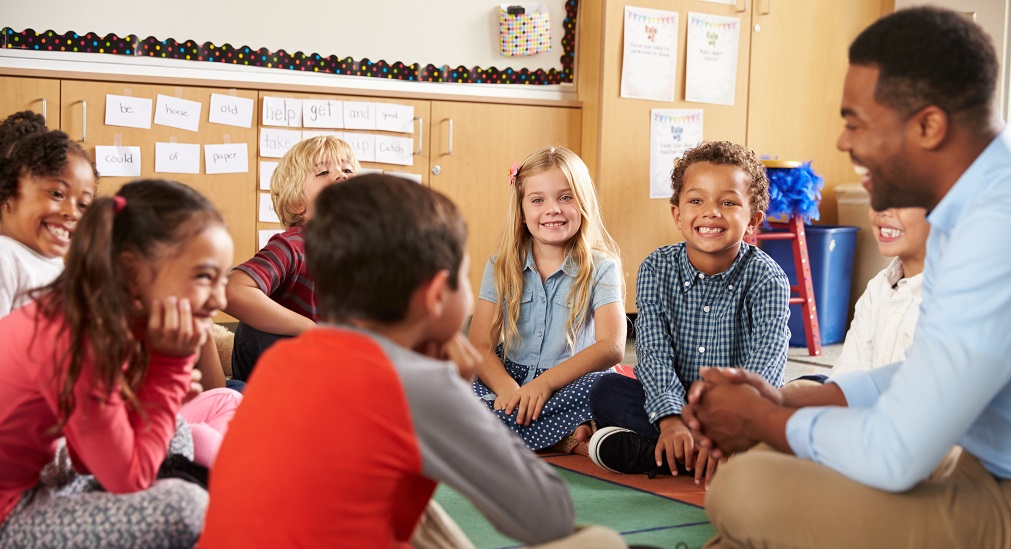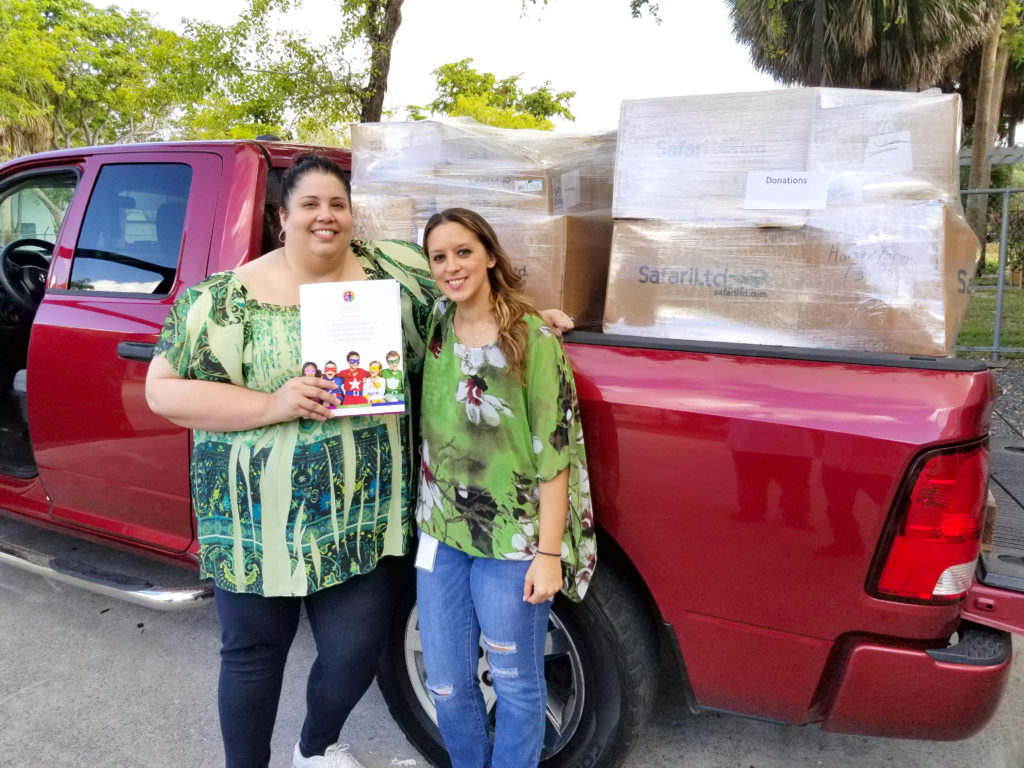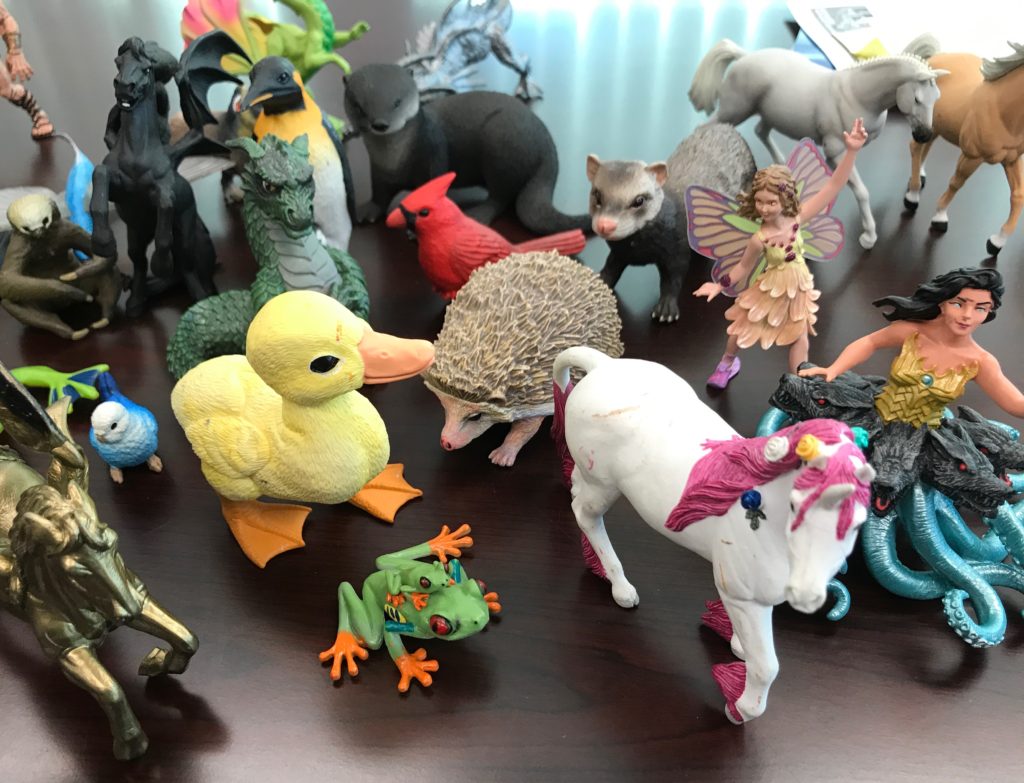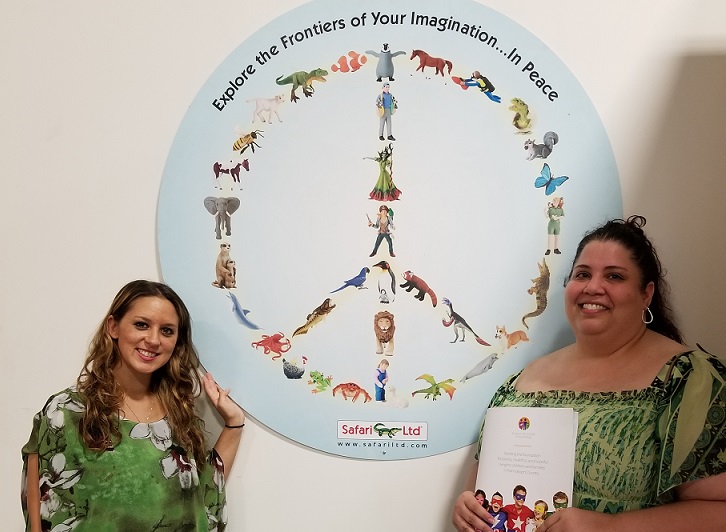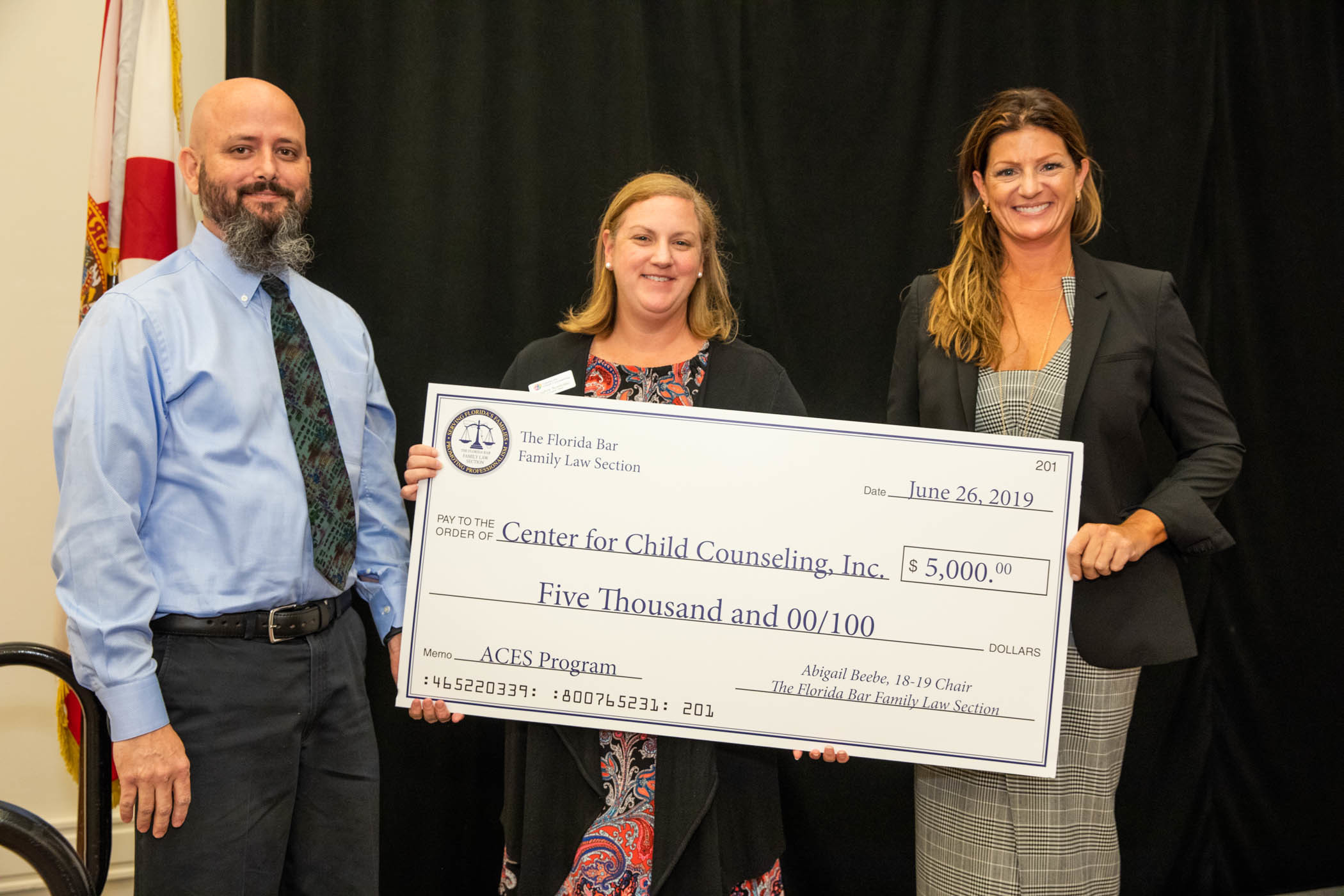The concept of Adverse Childhood Experiences (ACEs) is based on the 10-question survey originally developed for the first large-scale study on the subject conducted by the Centers for Disease Control (CDC) and insurance giant Keiser Permanente from 1995 to 1997. Using a purist’s definition of ACEs means we only consider the ten questions designed to identify incidents of abuse, neglect, and household dysfunction that might cause the kind of sustained toxic stress that define adversity and have lifelong mental and physical health implications.
Specifically, the initial questionnaire sought to unearth experiences that included:
• Physical, emotional, and sexual abuse
• Loss of a parent/caregiver to death, divorce, or incarceration
• Substance abuse and mental illness in the family or home
Keeping to the original ten questions allows for the accurate collection of data, as it ensures we compare ‘apples to apples’ and generate clean results. However, being a trauma-informed and ACEs-aware member of society doesn’t just mean knowing what ACEs are. We need to become a kind of mental detective to understand what else ACEs might be. We must identify situations that could be traumatic and develop insight into what causes feelings of sustained fear and anxiety in a child. It’s a bit like the difference between the letter of the law and the spirit of the law. One is a narrow, clear definition and the other seeks to understand implications beyond the literal (often limiting) definition.
As discussed in an earlier blog, we know that it’s really the repeated activation of the body’s natural flight, flight, or freeze response that causes the damage that might result in issues and challenges down the road. This prolonged toxic stress in the absence of positive buffers is what results in developmental issues, so whatever might cause toxic stress should draw our focus, not a strict list of specific yes or no answers.
By now, we also have a greater understanding of the mirror issue of Adverse Community Environments. Children growing up in communities where socio-economic deprivation is prevalent are likely to suffer higher doses of adversity, so we can expect higher levels of toxic stress among children in areas where poverty, discrimination, violence, substandard housing, and general lack of opportunity, economic mobility, and social resources are common.
Along with generally adverse environments, let’s consider some other negative experiences that weren’t explicitly identified in the original study but which can clearly result in toxic stress in the absence of effective buffers.
Accidents and/or Medical ACEs
Most of us have had an accident or undergone surgery of some kind in our lives. While stressful, these experiences fall into the short- or mid-term, tolerable type of stress because we deal with them, heal in an appropriate time period, and move on with our lives. This is especially true if the procedure is scheduled and we have time to plan for it; stress increases in correlation to the speed of the onset of the incident/condition, the complexity of the issue, and long-term, unexpected consequences of the event itself. The same is true when a child experiences the absence of a parent/caregiver due to an accident, or when a child experiences an accident or unexpected hospitalization.
The original ACEs study identified incarceration of a parent/caregiver as a potential ACE. The creators of the study obviously envisioned the long-term implications of the loss of a primary source of attachment from a young child’s life, but it’s not just death, divorce, or incarceration that can remove a caregiver. A severe accident that suddenly results in the loss of a parent can be difficult for a young child to understand. It can result in a change of caregiver or even a complete change in the home environment, leading to uncertainty, insecurity, failure to securely attached to an adult figure, and the toxic stress associated with those events. The same can also be true when a child endures an accident themselves, or suffers a severe illness that removes them from their home, especially when it involves insecurity and long periods in a hospital or rehab facility.
Of course, millions of children experience these events and come through them unscathed thanks to devoted parents, skilled counselors, and caring medical staff. Again, it is not necessarily the experience itself but rather the absence of a positive buffer in the face of the experience that really counts. This is why it’s so important to ensure that experiences are adequately explained and properly processed by children. It can make all the difference between an experience that results in healthy memories of personal resilience or one that causes lifelong psychological scars.
Institutionalized Abuse ACEs
The countless sexual abuse scandals that have rocked the world over the past few decades illustrate another type of ACE that has plagued our children. While sexual abuse is included in the original study, the institutional nature of church- or faith-based sexual abuse adds a whole new layer of complexity to this traumatic experience. Often, the abuser is associated with goodness and virtue; in some cases, the abuser is a direct appointee or representative of God himself in the child’s mind. Intertwining issues of religion, deep trust, and faith with the abuse scenario is psychologically devastating.
The millions of suffering victims worldwide show how insidious this kind of abuse can be. Survivors may require highly-skilled therapists to help them work through the issue while still maintaining their faith (should they wish to do so).
Child sex trafficking is an established system of abuse (albeit a black market one) that occurs in every country. In some regions of the world, a very real child sex tourism industry thrives. This degrading and catastrophic abuse results in extreme and complex ACEs among the victimized children as well as the adult victims who have endured these practices in their past.
Culture-Related ACEs
Certain cultural norms are accepted in parts of the world but abhorrent in others. These ‘hot potato’ issues pit individual/religious/personal rights against the accepted morality of the dominant culture and are deeply sensitive. One example of a cultural ACE is Female Genital Mutilation (FGM) which is a silent scourge that affects 200 million girls and women in approximately 30 countries in Africa, Asia and the Middle East. It is a growing issue in western society due to increasing immigration. FGM includes all procedures involving partial or total removal of the female external genitalia or other injury to the female genital organs for non-medical reasons. The mutilation is performed, usually by unskilled practitioners with little to no medical training, on girls from infancy to +-16 years old and is a violation of basic human rights — undoubtedly an ACE. The “ceremony” itself is traumatic, often conducted without anesthetic, and the lifelong consequences associated with it can be devastating. The numerous physical issues of infection, difficulty urinating of passing menstrual flow, infertility, pregnancy and childbirth complications can start in childhood and last for a lifetime. The guilt, shame, sense of otherness, and silent stigma of FGM can mean decades of suffering for victims of the practice.
Child marriage s another traumatic experience that is most common in certain Eastern culture but also still entertained by some cults and splinter groups in the United States. These circumstances may seem rare but without a doubt they do occur and would certainly qualify as adverse experiences for children.
ACEs Caused by War or Unrest
Societies in turmoil expose children to extraordinarily damaging experiences. Innocent victims of war, unrest, riots, or corrupt or inhumane political systems (such as the historic period of apartheid in South Africa or the current oppression of North Korea) undoubtedly carry the wounds and scars of their childhoods with them into adulthood. Many have witnessed brutal crimes like murder and rape, the results of terrorism such as explosions and genocide, as well as torture and the decimation of their communities. Again, this may seem extreme, but remember that millions of children worldwide are exposed to these events. Increased global mobility and the rise in numbers of people seeking refugee status in haven countries for these very reasons, it is not unreasonable to think we may encounter children suffering the effects of these devastating issues.
Racism Causes ACEs
Some types of ACEs are very prevalent closer to home. Studies show that racism is a deeply affecting adverse experience. Children from many minority groups (based on race, religion, disability, or national origin) suffer high doses of toxic stress resulting from the prejudice and hatefulness of others. You can learn more about how minorities experience ACEs to a disproportionate degree in our previous blog on ACEs and Minorities.
Technology-Associated ACES
Technology is evolving at a rapid pace, often faster than we can come up with ways to protect our children from exposure to unhealthy experiences. There has been a movement to include bullying (especially cyber bullying) as an ACE, as it can be protracted, isolating, and extremely emotionally damaging. In the worst cases, elements of blackmail may be involved where bullies hold the threat of sharing inappropriate or damning images or videos over the heads of their victims. The suicide rate among young and very young children is often correlated to bullying. There have been cases of suicide by children as young as 8 or 9 due to their inability to cope with the intense anxiety and fear of being in such a situation without perceived adult support.
The onus is on parents, teachers, and caregivers to:
1) Be vigilant in monitoring their child’s screen time and online interactions
2) Make sure their child knows they are always available to talk things through no matter what the situation might be
3) In general, it is appropriate to complete a contract with younger children that clearly includes an agreement of how/when the cellphone will be used, that the adult will always have free access to any of the child’s online activity, and that there are consequences for breaking the rules. Kidsafe Foundation has some great tools on their website, including internet safety tips and ideas for phone contracts.
Another aspect of increased screen time is the possibility of exposure to damaging age-inappropriate and material. This could include things like films with mature content, violent video games, and pornography. Depending on the nature and intensity of the material, repeated exposure can be considered an adverse experience particularly if a child sees very dark materials on a regular basis. Bear in mind that predators use pornography to groom and desensitize young children and make them vulnerable to abuse. While adults have the developmental ability to process and assess extreme material, young children do not. Early exposure to adult material can have a host of potential mental and physical health implications later in life including guilt, anxiety, inappropriate sexualization in very young children, promiscuity or sexual acting out, eating disorders, substance abuse, and many others.
Unearthing All ACEs
These examples of other ACEs are by no means a definitive list. Hopefully, they offer a starting point for a new way of thinking about ACEs because childhood trauma is not limited to the ten experiences identified in the original ACEs study. We need to work under the “spirit of the law” to identify what might be traumatic and cause long-term toxic stress in a child, causing developmental delays, brain functioning abnormalities, and difficulties with learning, forming happy relationships, and being a positive member of the community.
As we practice using our trauma-informed radar, more and more examples of potentially damaging experiences might come to us. By understanding what could negatively affect a child in the long term, we can equip ourselves to provide the antidote. We can only be effective buffers against trauma if we fully understand not only what ACEs are but what else they might also be.
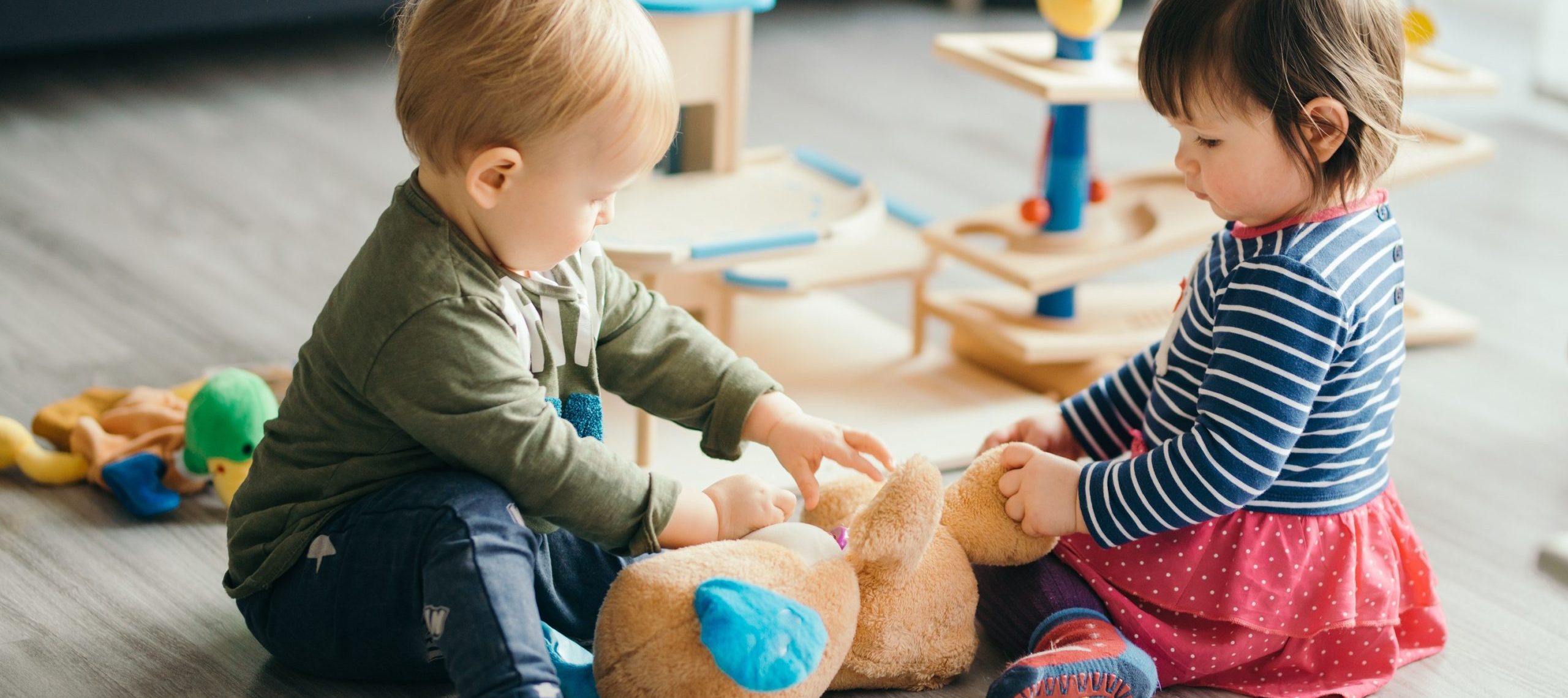 West Palm Beach, Fla. (March 19, 2020) – Amid the Covid-19 crisis, Palm Beach County’s first responders to children in trauma are focused on what they do best: offering immediate help to vulnerable children suffering the impact of abuse and fear. The Center for Child Counseling is responding to the local Coronavirus situation by taking innovative measures to make services available to children and caregivers through virtual support.
West Palm Beach, Fla. (March 19, 2020) – Amid the Covid-19 crisis, Palm Beach County’s first responders to children in trauma are focused on what they do best: offering immediate help to vulnerable children suffering the impact of abuse and fear. The Center for Child Counseling is responding to the local Coronavirus situation by taking innovative measures to make services available to children and caregivers through virtual support.
